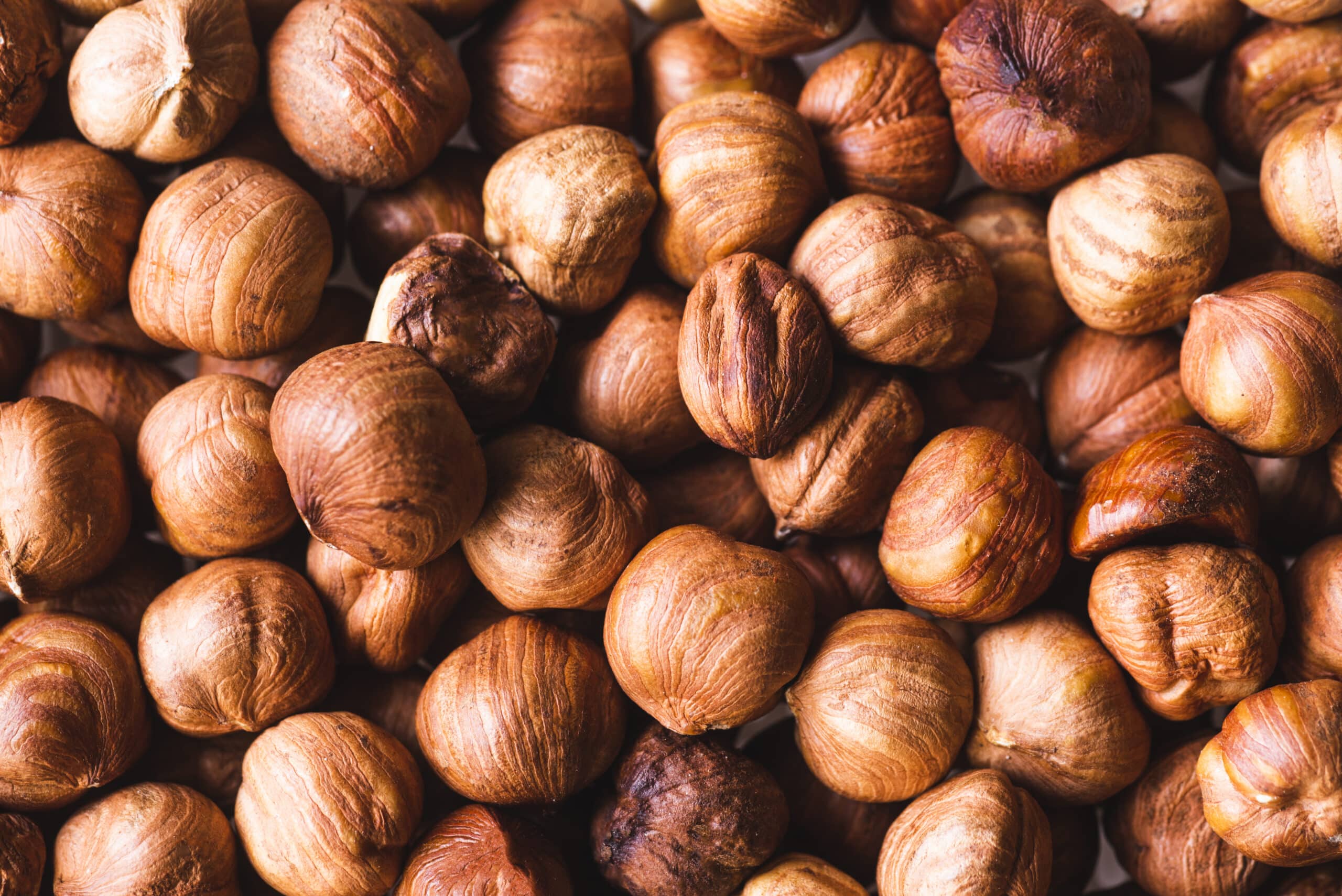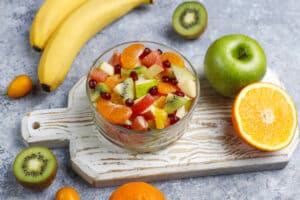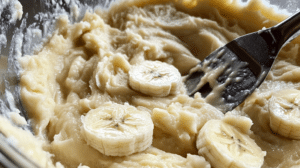Roasting chestnuts is a time-honored tradition, especially during the colder months. The aroma of chestnuts roasting in the oven or over an open fire can evoke memories of festive gatherings and cozy winter nights. But if you’ve ever attempted to roast chestnuts yourself, you might wonder: Do you have to soak chestnuts before roasting? The answer lies in understanding the benefits of soaking and how it can impact the final result.
Introduction to Roasting Chestnuts
Roasting chestnuts is a relatively simple process, but it does require some preparation to ensure the best results. Many people recommend soaking chestnuts before roasting them to improve their texture and flavor. According to Italian Recipe Book, soaking chestnuts helps to retain moisture during roasting, preventing them from drying out and becoming tough.
When chestnuts are soaked before roasting, the moisture they absorb turns into steam, which cooks the chestnut from the inside out. This results in a more evenly cooked chestnut with a tender, moist interior. Additionally, soaking can make the chestnuts easier to peel, as it softens the outer shell and makes it more pliable.
Moreover, soaking chestnuts before roasting can enhance their flavor. The steam created during roasting helps to distribute the natural sugars and flavors throughout the nut, resulting in a richer, more satisfying taste. While not everyone chooses to soak their chestnuts, those who do often find it makes a noticeable difference in the final product.
For more detailed information on roasting techniques, you might find the article on the ultimate guide to roasted chestnuts particularly useful.
Why Soak Chestnuts Before Roasting?
Moisture Retention
One of the primary reasons to soak chestnuts before roasting is to help them retain moisture. Chestnuts have a tendency to dry out during roasting, especially if they’re not properly prepared. By soaking them in water, you can ensure that they stay moist and tender throughout the cooking process.
Easier Peeling
Another advantage of soaking chestnuts is that it makes them easier to peel. The water softens the outer shell, which can be difficult to remove when dry. Soaking also helps the inner skin, known as the pellicle, to separate more easily from the nut, reducing the frustration of peeling.
Enhanced Flavor
Soaking chestnuts can also enhance their flavor. The water absorbed by the chestnuts turns into steam during roasting, which helps to cook the chestnuts more evenly and infuse them with a richer taste. The result is a chestnut that’s not only tender and moist but also bursting with flavor.
For more insights on maintaining the freshness and quality of your food, you can check out the guide on how to make homemade protein bars.
The Science Behind Soaking and Roasting Chestnuts
Steam Creation
When chestnuts are soaked before roasting, the water they absorb turns into steam as they cook. This steam helps to cook the chestnut from the inside out, resulting in a more evenly cooked nut. The steam also helps to prevent the chestnut from drying out, ensuring that it stays moist and tender.
Softening of the Shell
Soaking chestnuts softens the outer shell, making it easier to score and peel. This is particularly important if you plan to roast the chestnuts over an open fire, where the heat can cause the shell to harden and become difficult to remove.
Heat Distribution
Soaking also allows for more even heat distribution during roasting. The water absorbed by the chestnuts helps to conduct heat more evenly throughout the nut, preventing hot spots and ensuring that the chestnuts are cooked through.
How to Soak Chestnuts Before Roasting
Choosing the Right Chestnuts
The first step in preparing chestnuts for roasting is to select the right ones. Look for chestnuts that are firm, heavy for their size, and free from blemishes. Avoid chestnuts that have holes, as this can be a sign of insects inside.
Soaking Time
To soak chestnuts, place them in a bowl of water and let them soak for at least 30 minutes. Some people prefer to soak them for a few hours or even overnight to ensure maximum moisture retention. The longer you soak the chestnuts, the easier they will be to peel after roasting.
Water Temperature
When soaking chestnuts, it’s important to use cold or lukewarm water. Hot water can cause the chestnuts to cook prematurely, which can affect the texture and flavor. Cold water, on the other hand, allows the chestnuts to absorb moisture slowly and evenly.
Optional Additives
For added flavor, you can consider adding a pinch of salt or a splash of wine to the soaking water. This can enhance the natural sweetness of the chestnuts and add a subtle depth of flavor that complements the roasted taste.
Alternatives to Soaking Chestnuts
Scoring Without Soaking
If you’re short on time, you can skip the soaking process and go straight to scoring the chestnuts. However, be aware that this may result in chestnuts that are slightly drier and more difficult to peel.
Steaming Instead of Soaking
Another alternative to soaking is to steam the chestnuts before roasting. Steaming can provide similar benefits to soaking, such as softening the shell and improving moisture retention, without the need for a long soaking time.
Roasting Chestnuts After Soaking
Preparation After Soaking
Once the chestnuts have finished soaking, drain them and pat them dry with a towel. Next, use a sharp knife to score an “X” on the flat side of each chestnut. This allows steam to escape during roasting and makes peeling easier.
Oven Roasting
To roast the chestnuts in an oven, preheat the oven to 425°F (220°C). Place the scored chestnuts on a baking sheet, flat side down, and roast for 20-30 minutes. Shake the pan occasionally to ensure even cooking. The chestnuts are done when the shells have curled back and the nuts are golden brown.
Open-Fire Roasting
If you prefer a more traditional method, you can roast the chestnuts over an open fire. Place the scored chestnuts in a roasting pan and hold them over the fire, shaking the pan frequently to ensure even cooking. The chestnuts are ready when the shells are blackened, and the nuts inside are tender.
For additional roasting techniques, consider reading the post on chicken brine recipes for more cooking tips and flavor enhancement ideas.
Serving Roasted Chestnuts
Peeling Techniques
Peeling roasted chestnuts can be a challenge, especially if they haven’t been soaked. To make the process easier, allow the chestnuts to cool slightly before peeling. The shell and inner skin should come off easily, leaving you with a tender, delicious nut.
Serving Ideas
Roasted chestnuts can be enjoyed on their own as a simple snack, or they can be added to a variety of dishes. They’re a great addition to stuffing, soups, and salads, and they can also be paired with meats like pork and turkey.
Storing Leftovers
If you have leftover roasted chestnuts, store them in an airtight container in the refrigerator for up to three days. To reheat, simply warm them in the oven at a low temperature until heated through. You can also freeze roasted chestnuts for longer storage.
Frequently Asked Questions (FAQ)
Do you have to soak chestnuts before roasting?
Soaking chestnuts before roasting is recommended to improve moisture retention, ease peeling, and enhance flavor. However, it’s not strictly necessary.
How long should chestnuts be soaked before roasting?
Chestnuts should be soaked for at least 30 minutes, but soaking them for a few hours or overnight can provide better results.
What happens if you don’t soak chestnuts?
If you don’t soak chestnuts before roasting, they may become drier and more difficult to peel. The flavor may also be less rich compared to soaked chestnuts.
Can you roast chestnuts without scoring them?
It’s not recommended to roast chestnuts without scoring them, as the steam inside the chestnut needs an escape route. Without scoring, the chestnuts could burst during roasting.
How do you know when chestnuts are fully roasted?
Chestnuts are fully roasted when the shells have curled back, and the nuts inside are golden brown and tender.
Conclusion and Final Thoughts
Soaking chestnuts before roasting can make a significant difference in the texture, flavor, and ease of peeling. While it’s not absolutely necessary, those who take the extra time to soak their chestnuts often find the results well worth the effort. Whether you choose to soak or skip this step, roasting chestnuts is a delightful way to enjoy this seasonal treat.
Try experimenting with different soaking times and roasting methods to find the approach that works best for you. With a little practice, you’ll be able to achieve perfectly roasted chestnuts every time.





